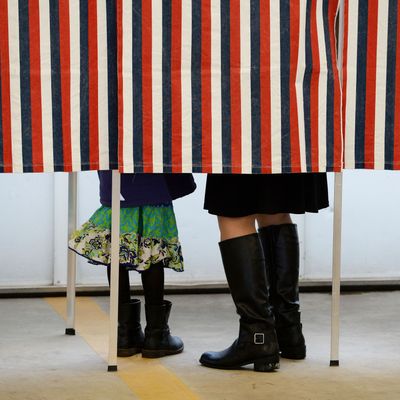
From a policy standpoint, this year’s election has the potential to affect women in major ways. Not only is abortion access at risk, but women are also facing two distinctly different options when it comes to child care and paid leave policies. Despite the stakes, however, women still lag well behind men when it comes to influencing politics in one important way: donations.
The support of female donors is crucial when it comes to changing the gender ratio in politics; according to the New York Times, the few members of Congress who receive majority donations from women happen to be women lawmakers, and they happen to be Democrats. In return, congresswomen are proven to be more likely to push issues women traditionally care about, such as health care, child care, civil rights, and labor rights.
But according to data from the Center for Responsive Politics, in 2016, the top 100 individual donors contributed $401 million to U.S. political campaigns and super-pacs. But only 14 percent of that money came from women donors. Combined, the top ten male donors have contributed $155.4 million — the top female donors have pitched in just $96.8 million.
As Quartz points out, one potential way to eliminate the disparity is with campaign-finance reform: “Since corporate leadership is predominantly male, the corporatization of political money invariably favors men.” Of course, that whole wage-gap thing — which has remained pretty constant for the last decade — isn’t helping, either.

